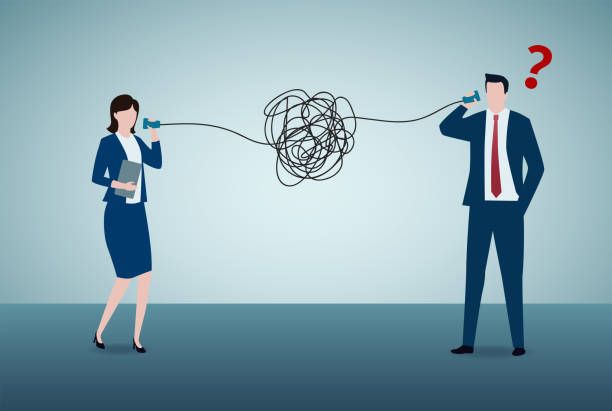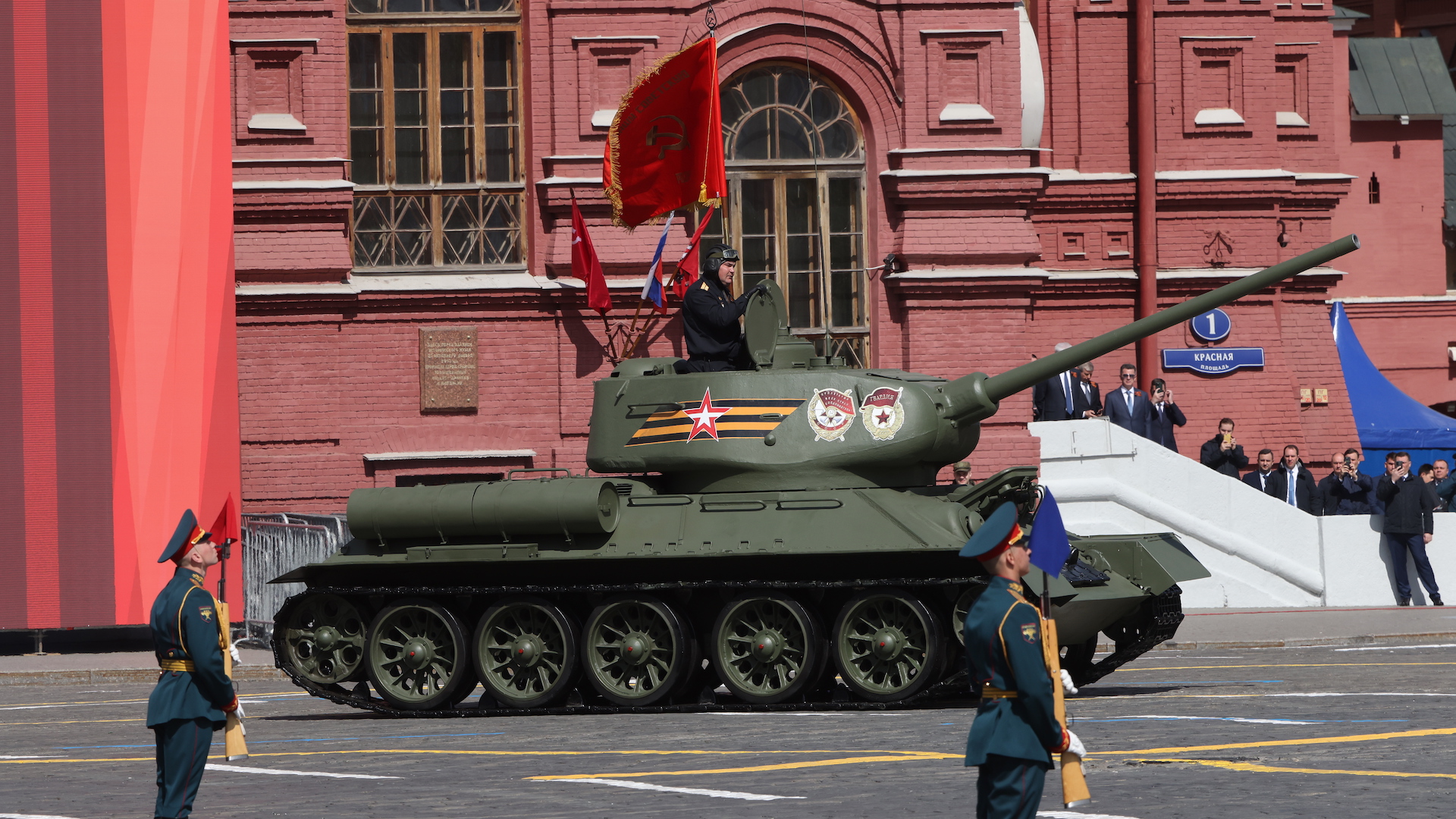From Flight Attendant To Pilot: Overcoming Gender Barriers In Aviation

Table of Contents
The Historical Context: Why Fewer Women Became Pilots
The underrepresentation of women in aviation isn't a recent phenomenon; it's rooted in deep-seated historical and societal factors. For decades, societal norms and expectations relegated women to traditionally feminine roles, limiting their access to education and career opportunities in fields like aviation, considered predominantly masculine. This ingrained bias manifested in several ways:
- Limited access to flight training and education: Historically, flight schools and aviation programs were not readily accessible to women, often excluding them outright or discouraging their participation.
- Societal expectations and pressure to pursue "traditional" female careers: Women were often steered towards careers deemed appropriate for their gender, such as nursing or teaching, rather than pursuing challenging, unconventional paths like becoming a pilot.
- Discrimination and lack of support within the aviation industry: Even when women managed to enter the field, they often faced blatant discrimination, lack of opportunities for advancement, and a pervasive lack of support networks.
The Flight Attendant Pathway: A Stepping Stone to the Cockpit?
For many women, a career as a flight attendant serves as an unexpected yet advantageous entry point into the aviation world, offering a unique pathway to the cockpit. While not a direct route, it provides several benefits:
- Exposure to the aviation industry and its inner workings: Flight attendants gain firsthand experience with aircraft operations, flight procedures, and the overall environment of commercial aviation, offering invaluable knowledge and insight.
- Networking opportunities with pilots and other aviation professionals: The close-knit nature of the aviation industry allows flight attendants to build relationships with pilots, mechanics, and other professionals, creating opportunities for mentorship and guidance.
- Financial stability while pursuing further training: The salary of a flight attendant allows women to save money for the substantial investment required for pilot training, easing the financial burden of flight school.
However, this pathway also presents challenges:
- Potential for bias: Women flight attendants might encounter gender bias from colleagues or superiors, potentially hindering their career progression or creating obstacles in pursuing pilot training.
- Different career paths: The roles of flight attendant and pilot are distinct, requiring different skill sets and training, meaning that the transition might not always be straightforward.
- Time commitment: Balancing the demands of a flight attendant job with the intensive training required for a pilot license can be extremely challenging and require significant personal sacrifice.
Overcoming the Challenges: Financial, Educational, and Societal Hurdles
Becoming a pilot requires a significant financial commitment. The cost of flight school, certifications, and ongoing training can be prohibitive for many.
- Cost of flight school and certifications: Flight training programs vary widely in cost, often amounting to tens of thousands of dollars, a substantial investment that can be a major barrier to entry.
- Potential need for loans or scholarships: Many aspiring pilots rely on loans or scholarships to finance their training, incurring debt that can impact their career trajectory.
- Balancing training with other responsibilities (family, work): Juggling flight training with existing work commitments, family responsibilities, and other obligations presents a major logistical and personal challenge.
Beyond the financial aspect, the educational requirements are rigorous, demanding discipline, dedication, and perseverance. Furthermore, societal biases persist. Women pilots still face:
- Stereotypes and assumptions about women's abilities: Preconceived notions about women's capabilities in a traditionally male-dominated field can lead to discrimination and unfair treatment.
- Microaggressions and overt discrimination: Women may encounter subtle or overt forms of discrimination, ranging from dismissive comments to outright prejudice, impacting their confidence and career progression.
- Lack of female role models and mentors: The scarcity of women in prominent pilot roles creates a void in mentorship and role modeling, making it harder for aspiring female pilots to find guidance and inspiration.
Success Stories and Inspiring Role Models: The Importance of Mentorship and Support Networks
Despite these considerable hurdles, numerous women have successfully transitioned from flight attendant to pilot, proving that with determination and perseverance, this career path is attainable. Their stories serve as powerful examples of resilience and achievement. [Insert examples of successful women who made this transition, including quotes and brief biographies]. These women's journeys underscore the crucial role of mentorship and support networks.
The Importance of Mentorship and Support Networks
Mentorship provides invaluable guidance, support, and encouragement, helping women navigate the challenges they face and build confidence in their abilities. Strong support networks, whether through professional organizations or peer groups, provide a crucial sense of community and shared experience, fostering resilience and providing crucial emotional support.
The Future of Gender Equality in Aviation
The aviation industry is making strides towards greater gender equality, though significant progress still needs to be made. Initiatives aimed at increasing female representation include:
- Scholarship programs and financial aid: Several organizations and institutions offer scholarships and financial assistance to women pursuing pilot training, helping to alleviate the financial burden.
- Mentorship programs and networking events: Programs designed to connect aspiring female pilots with experienced mentors and role models provide invaluable guidance and support.
- Initiatives to promote diversity and inclusion within aviation companies: Companies are increasingly adopting policies and programs aimed at fostering a more inclusive and equitable work environment for women in aviation.
The vision for the future is clear: a more equitable and inclusive aviation industry where women have equal opportunities to pursue their dreams of becoming pilots.
Conclusion
Transitioning from flight attendant to pilot is a challenging but achievable goal for women. While significant hurdles remain – including financial constraints, rigorous training, and persistent societal biases – the inspiring success stories of women who have made this transition demonstrate the power of determination, resilience, and the crucial role of mentorship and support. We must continue to break down gender barriers in aviation, fostering an inclusive environment where every aspiring pilot, regardless of gender, has the opportunity to reach for the skies. Are you a woman considering transitioning from flight attendant to pilot? Share your story, or support initiatives promoting gender equality in aviation! Let's inspire the next generation to pursue their dreams and make "From Flight Attendant to Pilot" a common and celebrated career path.

Featured Posts
-
 Russias Victory Day Parade Assessing Putins Display Of Strength
May 11, 2025
Russias Victory Day Parade Assessing Putins Display Of Strength
May 11, 2025 -
 Explaining Adam Sandlers Oscars 2025 Cameo Outfit Choice Joke And Chalamet Embrace
May 11, 2025
Explaining Adam Sandlers Oscars 2025 Cameo Outfit Choice Joke And Chalamet Embrace
May 11, 2025 -
 World War Hulk Movie Why Henry Cavill Is A Popular Wolverine Choice
May 11, 2025
World War Hulk Movie Why Henry Cavill Is A Popular Wolverine Choice
May 11, 2025 -
 Life After Sia A Former Air Stewardesss Experience
May 11, 2025
Life After Sia A Former Air Stewardesss Experience
May 11, 2025 -
 Fox News And Conor Mc Gregor A Look At Their Relationship
May 11, 2025
Fox News And Conor Mc Gregor A Look At Their Relationship
May 11, 2025
